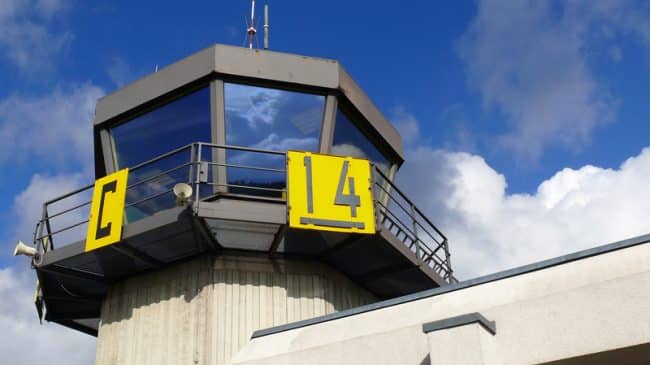Critics of recent proposals to convert the Federal Aviation Administration’s Air Traffic Organization into a user-supported, user-governed non-profit corporation, continue to attack a phantom. They try to label what is being proposed as “privatization” of the air traffic system, knowing that’s a fighting word to most public employee unions and many Democrats. Yet, this sensible air traffic reform plan has the support of the union involved – the National Air Traffic Controllers Association (NATCA) – because they’ve seen technology, performance, and working conditions improve at air traffic control corporations in other countries.
In fact, the United States is the last major country that has not separated its air traffic control system from the government transport agency, taken it out of the government budget, and installed the government as the safety regulator at arm’s length from air traffic service delivery. The U.S. is also the only developed country that still funds air traffic control via annually appropriated taxes, rather than via customer charges.
Critics like Andrew Langer, writing recently in The Hill, and business jet organization National Business Aviation Association pretend that air traffic control reform is a plot by the four major airlines to take over the system for their own advantage. Airlines, however, are but one of the many stakeholder groups supporting this reform. In addition to airlines and the controllers’ union, NATCA, other supporters include former FAA Administrators Langhorne Bond and Allan McArtor; all three former heads of the Air Traffic Organization; former Department of Transportation secretaries Jim Burnley, Norm Mineta, and Mary Peters; the National Taxpayers Union; and transportation researchers from think tanks, including Brookings Institution, Cato Institute, Competitive Enterprise Institute, Heritage Foundation, Hudson Institute, and Reason Foundation.
These groups and leaders all agree that a tax-funded bureaucracy, financed out of unstable annual appropriations and subject to political micromanagement, is a failed model for a high-tech 21st-century service business.
Critics portray the proposed air traffic control corporation as either a government corporation (like Amtrak) or a government-sponsored entity like Fannie Mae. But that is incorrect. Supporters seek a federally chartered, private, nonprofit corporation similar to Nav Canada, which is widely judged the world’s best air traffic control provider.
Organizationally, the air traffic entity would be much like the federally chartered U.S. Red Cross and U.S. Olympic Committee. The governing board would be nominated by a carefully balanced set of aviation stakeholders representing airports, airlines, controllers, business aviation, and general aviation, plus the traveling public. Board members could not be employed by any aviation business or organization during their board terms and would owe a fiduciary duty to the corporation. This model has worked well for two decades in Canada.
An especially bizarre claim made by opponents of reform is that the proposal would give the air traffic corporation the power to “tax” airspace users. That deliberately obscures the legal distinction between taxes and user fees. When Dulles Airport charges an airline company landing fees, is it taxing the airline? Of course not, just as people’s electric bills for the power they use are not taxes. This distinction holds whether the airport or electric utility is a public-sector or private-sector entity.
That stream of user fee revenues is how airports finance major capital improvements; they go to the bond market and issue revenue bonds, based on that predictable revenue stream from users. The same is true of air traffic control corporations like Nav Canada and its U.K. counterpart, NATS. Both have investment-grade bond ratings, due to their predictable revenue streams and prudent management.
The performance record of air traffic control corporations is very clear. Nav Canada, the world’s second largest, is much smaller than FAA. Other things being equal, a larger provider should have lower unit costs due to economies of scale. Yet Nav Canada is significantly more efficient than FAA, with an average cost per controlled flight hour of $335, compared with FAA’s $453. Nav Canada is also far ahead of FAA in implementing advanced technology, such as GPS flight tracking and digital messaging between pilots and controllers.
Instead of scare tactics that rely on falsely labeling air traffic reform as privatization, Congress and stakeholders should focus on the important issues – how much-needed technology upgrades can be paid for and implemented, how to improve oversight, how fair and reliable user fees should be set, and how to improve the safety and efficiency of air travel. The proposed Air Traffic Control Corporation is likely to have the best answers and results.

